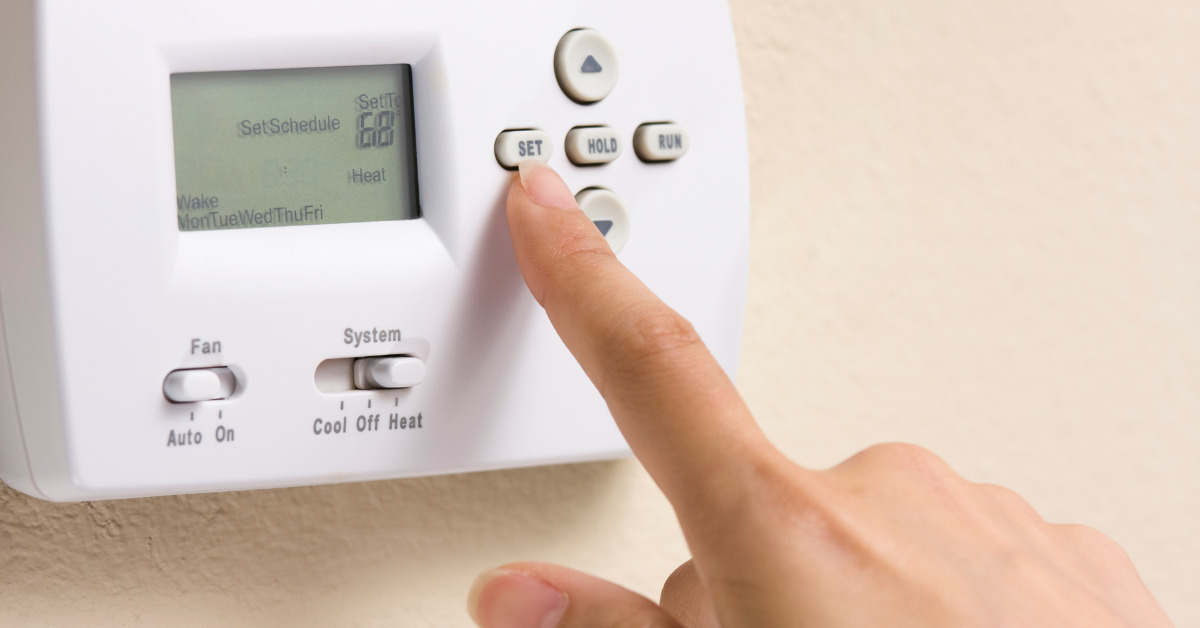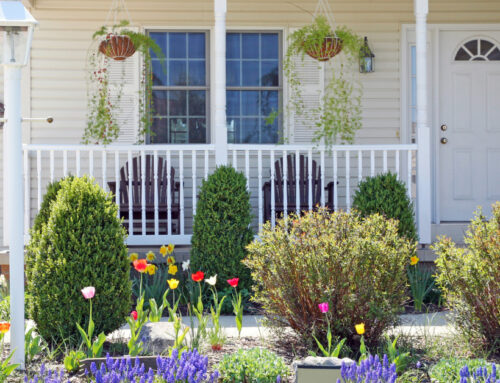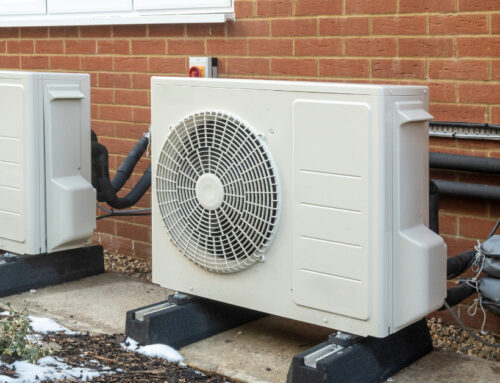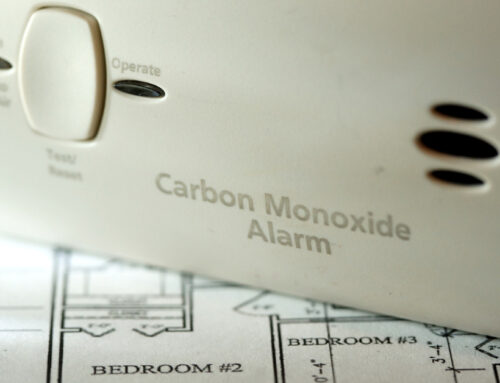Whether it’s a hot summer day, a chilly winter night, or anything in between, you should always be able to enjoy a level of comfort in your home.
Our ability to customize our home comfort is a privilege, after years of innovation to create the tools we have today. In this article, we will explore the four key components of home comfort, and how the people of the 18th and 19th centuries kept comfortable in their own homes before air conditioning.
Temperature
The first component of home comfort is temperature. The temperature outside of your home vs the temperature inside plays a big role in keeping you happy and healthy in your own home. A home that is too hot on a summer day or too cold in the wintertime can be detrimental to your overall well-being.
Using the tools we have today, such as HVAC units, ceiling fans, electric fans, furnaces, and space heaters, the opportunities are endless to regulate the temperature in your home. Humans typically like temperatures between 70 to 80 degrees but find the temperature that works best for you in your home during the changing seasons.
Humidity
Living in Nevada, we aren’t accustomed to high humidity. The desert isn’t known for its moisture, so this factor of home comfort might not be as concerning for some people. Sometimes, we will experience a humid summer day when thunderstorms are possible, but don’t occur. We have already had a few days like that this summer.
Typically, humans like a range between 40% to 60% humidity. High and low levels of humidity can contribute to things like bacteria growth, mold, and dust mites. Too much or too little, just like temperature, can affect your level of home comfort.
If you are accustomed to a more humid climate or feel as though your home is too dry, a humidifier is a great tool to get moisture in the air at home.
In a more humid climate such as the south, battling the heat can be a big issue, especially before air conditioning was invented in 1902 by Willis Haviland Carrier. A fan chair was a device invented in the 1780s by John Cram, for which George Washington paid 32 shillings for, for his house in Mt. Vernon. The rocking chair consisted of a fan attached to the top of the chair to create airflow, and as you rocked the chair back and forth, the fan above you would move along with it.
Air Breeze or Air Movement
A light breeze on a hot day can provide significant relief to the summer heat and make a winter’s day feel colder. Just like an outdoor breeze affects comfort, airflow in your home can do the same.
An electric fan or ceiling fan providing a breeze in your home can significantly improve your home comfort. Airflow throughout the home will break the stale air and provide the same breeze across your skin as the wind would.
Air movement has been utilized for quite some time. An invention created in 6th Century BC in Asia made its way through history and across seas to America in the 19th Century. It was called a punkah and was an installation of fabrics attached to the ceiling. When an individual manually pulled a string, the fabrics moved back and forth to create a breeze. It was an individual’s job to pull the string all day long to make the fabric move, as without the manual pull a punkah would not work.
Mean Radiant Temperature
The mean radiant temperature, or the impact of hot or cold walls, ceilings, floors, counters, furniture, etc. in our home also impacts home comfort, and can be responsible for up to half of our perception of comfort. The materials surrounding our home and our home insulation play a big part of keeping the heat and cold in or out of your home.
Do your windows feel cold in the winter, or let in a draft? Is your attic or upstairs bedrooms hotter than the rest of the home during summer? Exterior walls and windows can cause heat transfer. While standing near an exterior wall, especially if it has windows, you can feel heat in the summer or cold in the winter even if the temperature is the same in each circumstance. These factors can affect your perceived level of comfort, as the methods you are already taking might not incorporate these issues. Take steps to see if these are factors in your home and what you can do to fix it.
One solution in older homes having hotter rooms, such as the kitchen, was dog-trot homes. These homes were created in the 19th to early 20th century and consisted of separate rooms for the kitchen and sleeping area, with a wide-open space in between the rooms. The separation of the rooms allowed for a cool sleeping space unaffected by the hot kitchen.
Another solution in 19th century New York City was sleeping porches. Sleeping porches consisted of a small overhang in the window that allowed for outside access and airflow to escape the heat in high-rise buildings. They were also popularly used in the country, built in the corners of homes on the first or second story for wrap-around airflow into the open netted rooms, where a whole family could be found sleeping during the summer.
Paying attention to these four factors and having the ability to adjust your home accordingly will maximize your level of home comfort. As you can see, home comfort has always been a priority throughout history and today we have come far in the ways we are able to improve our home comfort.
Visit this article to learn more about the ways of cooling down before air conditioning.






